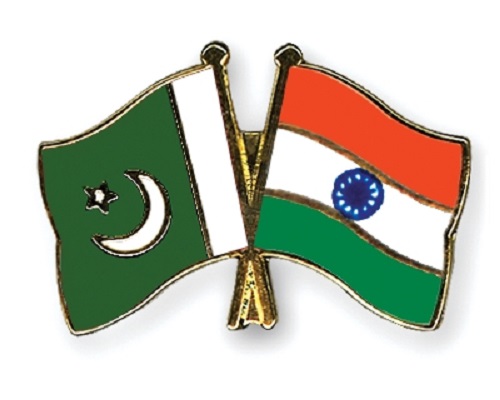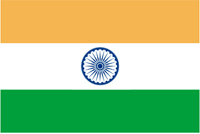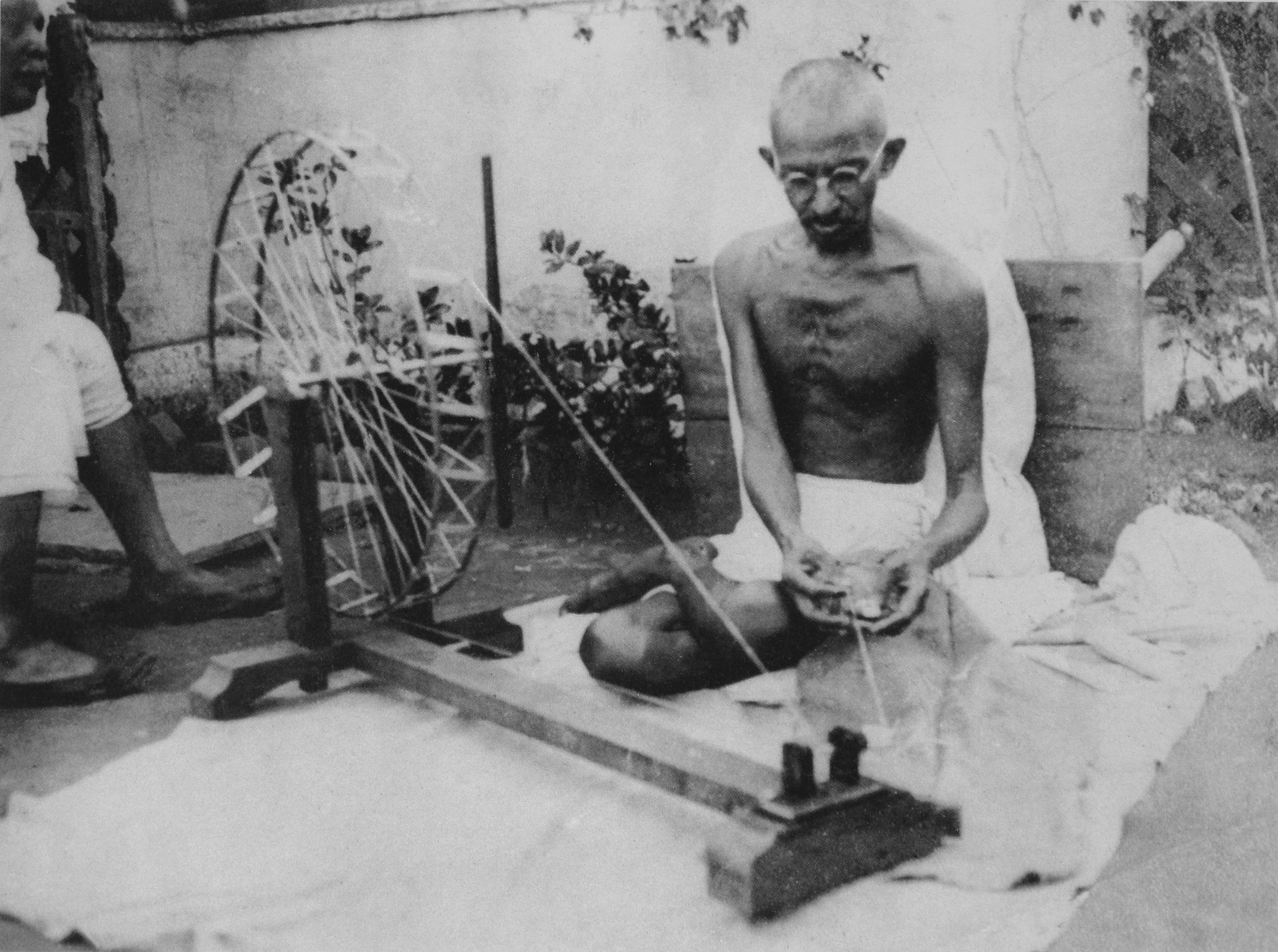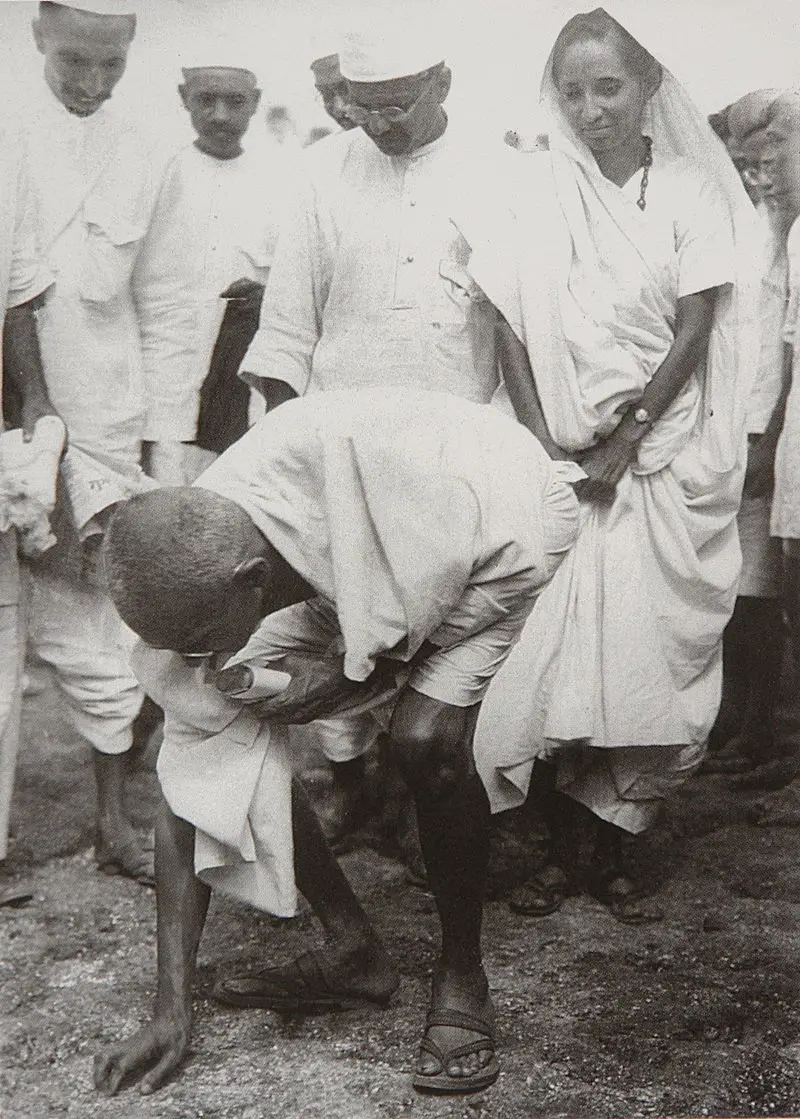
Love to Hate
The relationship between India and Pakistan has, since their respective independence in 1947 from British colonial rule, has been unpleasant at best. They are rivals on the sporting field, with cricket matches between the two nations have the ability to whip fans into a frenzy over a sport imported by their old colonial masters. They have also gone to war with one another and relations are hardly ever cordial. Often each country is blamed for all the others woe (Chalwa 2010). What may be more concerning is the two states competition in the realm of producing nuclear weapons. This is particularly concerning when one considers that Pakistan is considered by many to be a failed state or at least on the verge of been considered one. This has not dissuaded the nation that has seen numerous military coups in its short history as well as increased Taliban activity due to it sharing a border with Afghanistan. It is the area of nuclear arms development that Pakistan edges out India, with the Arms Control Association estimating that Pakistan may have 110 -130 warheads while India only 100 – 120 (Byrne 2016).
With Pakistan also been the better cricketing side historically with more test and one-day international wins than India. India can at least take a little pride in the fact that it has won more games in the shortest format of the game known as T20, in which each team has one innings of 20 overs (ESPN.cricinfo.com 2017). To the readers based in the America’s, that will be the end of an analysis of the sport of cricket with certain matches which last five days, known as test matches. It would not do to have you asleep before the article even begins.
Currently, that’s where Pakistan’s performance peaks with regards to been better than India. India is a larger landmass, has a larger coastline, has a bigger GDP, and a bigger population. When looking at differences between states these are perhaps just stats that indicate no real difference other than what are common differences between states in general. However, there are two major differences between the countries that are difficult to ignore. Religion and modes of government. With both politics and religion being topics traditionally not suited to the dinner table the debate between patriots, whether Indian or Pakistani, verges on hate speech on social media.
Majority Religions
The vast majority of Indians see themselves as Hindu with 80,5% of the population, although there are considerable numbers of Muslim (13,4%), Christian (2,3%), and Sikh (1,9%) practitioners (Indexmundi.com 2017). While Pakistan is 96,4% Muslim, with the majority of those been Sunni followers (Indexmundi.com 2017). This is often seen by many to be the main cause of strife between the two countries and many critics have argued that due this dominance of one religion in either state they will always be rivals. This has often resulted in name calling from both sides. However, India is seen to be one of the future global powers and has more of a positive international presence. Pakistan though has been seen to aid terrorism whether tacitly or explicitly within its borders or at the very least prevent the spread of terrorists promoting fundamental Islamic rhetoric. This has resulted in Pakistan’s international credibility taking a nose dive thus giving India’s name calling a bit more weight. Many a blog compares Indians to successful business men leading many of the world’s best performing businesses, while Pakistanis are all called terrorists (Dey 2015). Such an oversimplification can be considered racist.
This is certainly a major difference between the two states as often religions have a major effect on culture and worldview. Pakistan does practice Sharia Law, as in the law promoted by the Koran, which means that the Muslim religion is also the law and deeply influences the running of its government. India is considered a secular state meaning that it attempts to separate religion from the law and the running of its government. This difference has often been given as the main reason why India’s fortunes have risen while Pakistan appears to be on a downward trend. Again this may be an oversimplification as success in an increasingly globalised economy is dependent on a variety of factors including but not necessarily how religion can influence success.
Modes of Government
Another difference between the two countries is their mode of government. India is widely seen as one of the most successful democracies in our age. They have been a democratic government since 1947, there was a time when the great statesmen’s Nehru’s daughter Indira Gandhi attempted to institute martial law and assert a more authoritarian government onto the Indian people (Chalwa 2010). This was unsuccessful and was seen as a deeply unpopular move within India and internationally. Their democracy is a major source of national pride shared by many Indians often when considered how hard fought it was to achieve forming great struggle icons such as Mahatma Gandhi. Critics have attributed India’s success as a democracy to the success of its institution’s like its Supreme Court which has made many rulings against the government in defence of the country’s constitution.
Pakistan has not had such a stable government with weak democracies and military authoritarian rule forming the majority of its governing history. This has had a markedly negative influence on Pakistan as a whole. Far more than the religious aspect. This is due to weak democracies been unable to build any lasting institutions which would protect and further entrench the constitution of the country. While a hallmark of authoritarian rulers is that often state funds are divided only among supporters, generally in the army and security services of the country, as these were often the institutions that backed the military coup in order to secure power. Another hallmark of authoritarian regimes is their disregard for any kind of political debate of freedom. These are often stamped out violently often resulting in the arrests of anyone seen as a political dissident (Rohde 2004). Pakistan’s recent past, unfortunately, proves this, as power is seen more important than governance. It is this inability to form a stable government that has impacted more on Pakistan’s prosperity than its dominant religion. This is due to a simple fact that foreign investors are unlikely to invest in a nation where they feel their investment is at risk due to a regime change that could occur overnight. Such instability will almost certainly have an effect on the local populace as they are no longer free from the potential violence that may be political in nature.
Different but the Same
Although both countries do have a plethora of differences, it is important to remember that they are cut from the same cultural cloth. The history of both countries has been inextricably linked due to its common colonial past when they were indeed one country, even prior to colonial rule their common history was intertwined. One can only hope that greater efforts are made in the future to highlight these similarities rather than their differences. Having two nuclear powers threatening to eradicate one another as well as the Himalayas by default in less than ideal. That is before you even consider the massive loss of life. While it is easy to spot differences that make us feel superior it is our similarities that bind us to one another on this planet for better or worse.











